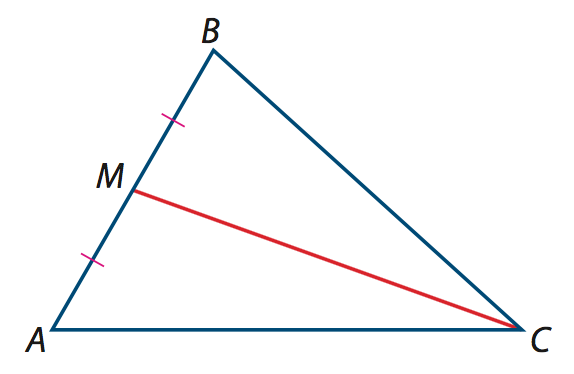Unit 2 Quiz Review Lesson 1 to 10 Answers

Core-Plus Mathematics: Class ane, Unit 2, Lesson i Review
Exploring distributions
You probably got tired from the solving quadratic equations on a graphing calculator, aren't you? And then the second unit changes gears to bear witness you lot some fun tables and charts with data.
Investigation one: Shapes of Distributions
The basic principles and techniques of analyzing data are much the same: make a plot of the information; describe its shape, center, and spread with numbers and words; and interpret your results in the context of the situation. If you lot have more one distribution, compare them.

Right from the start the chapter suggests studying the "distribution" without defining what a distribution is. Ah, that'south self-axiomatic, distribution, merely a bunch of columns… or lines… or sectors… whatever, some things that stick upwardly, or to the side, or all around. The more than they stick, the bigger the value… or it is the frequency?
There are some juicy definitions that follow, like what is a "normal" distribution — information technology is 1 that looks similar a hump. I hump — normal. Two humps — not normal. Actually, two-hump distribution is chosen "bimodal", only you will find it only in the "On Your Own" section, xx-something pages farther.
Investigation 2: Measures of the Center
The measure of center that you are near familiar with is the mean (or average).
A proper definition of the hateful comes several pages later, where the authors offset humiliate the reader, practically accusing the student in forgetting terms supposedly explained earlier…
As you work on this investigation, call back almost this question: how do y'all decide whether to use the mean or median in summarizing a set of data?
…and then they condescendingly "remind" the student:
Here, for your reference, are the definitions of the median and the mean.
And then the volume shows this definition for the mean, which looks like a existent slice of math in this otherwise very un-mathematical textbook:

This is not how you write textbooks! And and so they lose steam, and provide a definition of the median in natural language:
The median is the midpoint of an ordered listing of data — at least half the values are at or below the median and at least half are at or higher up information technology.
I am not sure how "at least half" clause works when both lower and higher values are mentioned. The definition from Wikipedia is much easier to empathise:
The median of a finite list of numbers can exist found by arranging all the numbers from smallest to greatest. If there is an odd number of numbers, the eye i is picked. If at that place is an even number of observations, and so the median is usually defined to be the mean of the two middle values.
The textbook uses a very unconventional approach to integrate algebra and geometry under i embrace. It says:
The term median is also used in geometry. A median of a triangle is the line segment joining a vertex to the midpoint of the reverse side.

Wow, a homonym, this is so rare.
Then the textbook switches to a familiar trope: tables and graphs. Um, sorry, not graphs — histograms. "Producing a graphical display is the first footstep toward understanding information", claims the Core-Plus book. No need to effort constructing this graph or histogram manually, "You can employ data analysis software or a graphing estimator to produce histograms and other plots of data", says the book and shows a pageful of nutritional info for a bunch of burger joints around the country.
Mode is mentioned in passing in the "On Your Own" department.
It is telling that as an example of a breakup this chapter shows data about the takers of the GED test. The textbook says that people who take dropped out of the traditional school setting can "earn an equivalent to a high school diploma. A GED (Full general Educational Evolution Credential) is given to a person who passes a test for a course to consummate high schoolhouse credits."
The textbook fails to mention that the GED has been created in the middle of the 2nd World State of war to assistance returning GIs find their fashion back in peaceful life, because nearly jobs required high school diploma. The textbook fails to mention that the examination is non actually equivalent to four years of loftier school, and instead basically a reading and comprehension test, because one tin infer answers from what is provided in the test itself. Well, except for math, but the math portion of GED is barely higher up middle school level. The 3rd fact the textbook fails to mention is that despite that the GED is then primitive, just a tertiary of the test takers laissez passer the exam.
The awful math skills of GED takers should be no surprise. Check out the skills the Cadre-Plus Math textbook expects from 9-graders:

Or this one:

This is it for this chapter. Stay tuned for the review of the next chapter, where y'all'll learn well-nigh some statistical terms like box and whiskers and divergence from the mean.
Source: https://reflectiveobserver.medium.com/core-plus-mathematics-course-1-unit-2-lesson-1-review-b1e5fcfd6864

0 Response to "Unit 2 Quiz Review Lesson 1 to 10 Answers"
Post a Comment